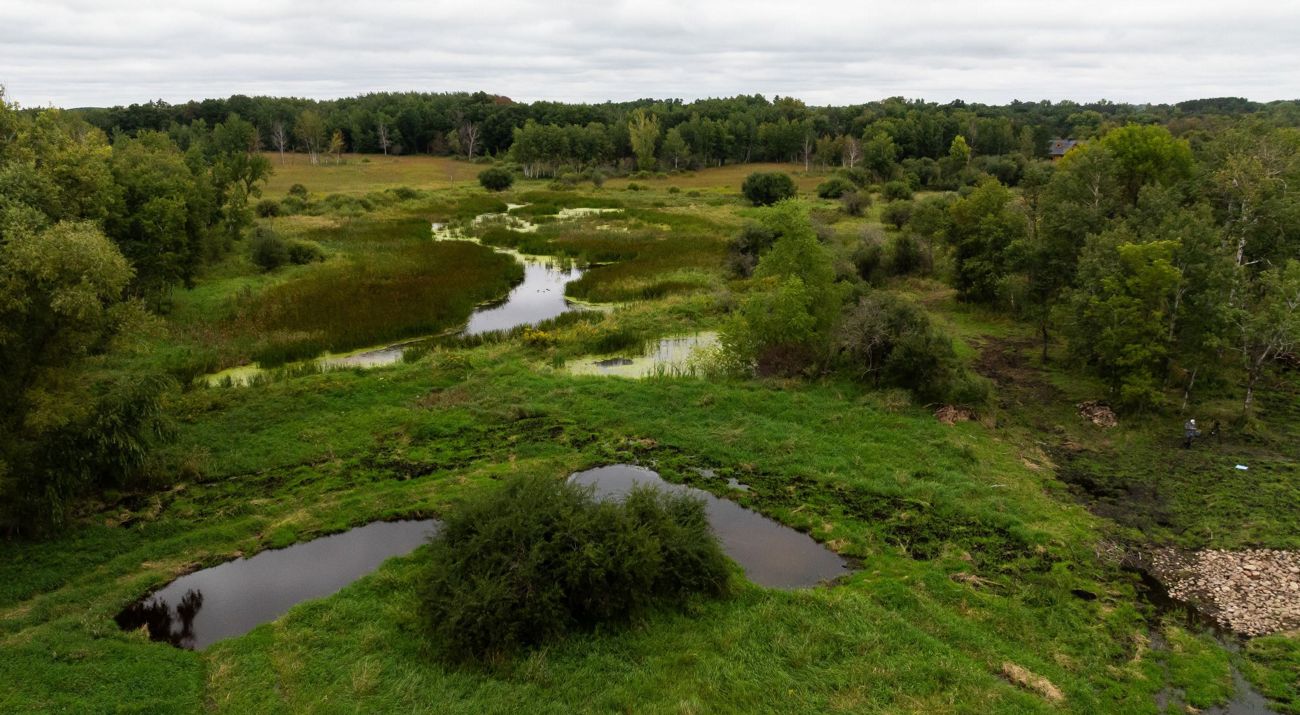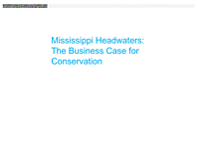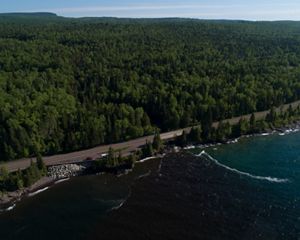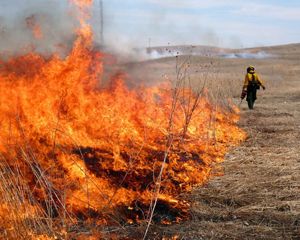When we turn the faucet on and enjoy a cool drink of clean water, our woods and waters may not be the first thing we think about. But they should be.
The Mississippi River’s headwaters area, which encompasses about one-quarter of the state, is more than merely where the Mississippi River starts.
It's a dynamic and diverse landscape, providing food and habitat for hundreds of species, drinking water for millions of people and recreational enjoyment for countless others.
The Mississippi River is a global destination and backyard treasure that is worthy of our care and protection.
Our Mighty Mississippi
-
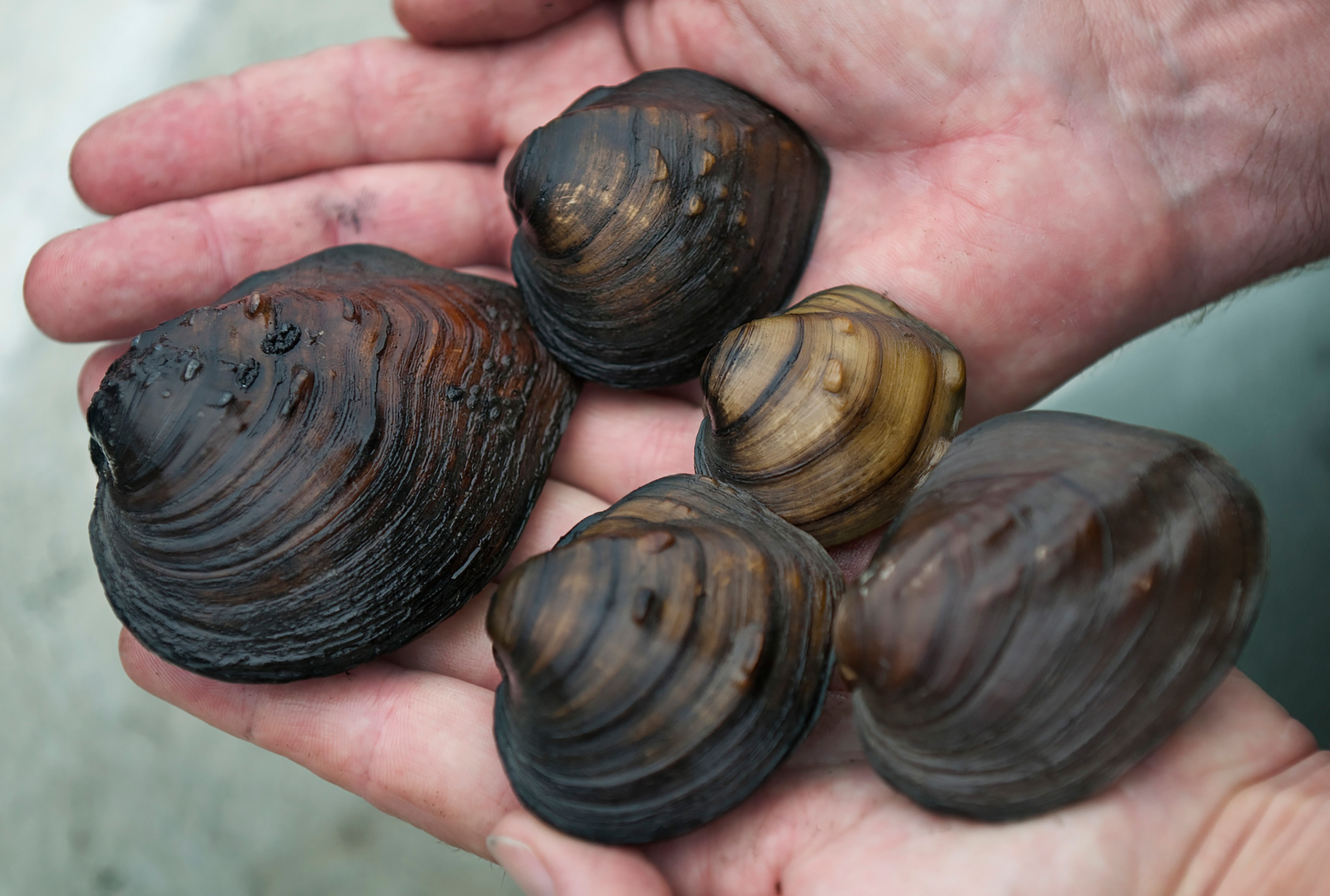
Biodiversity
The river and the land surrounding the rivers and streams that flow into it support more than 350 species of mammals, birds and other wildlife, including most of the listed species in Minnesota.
-
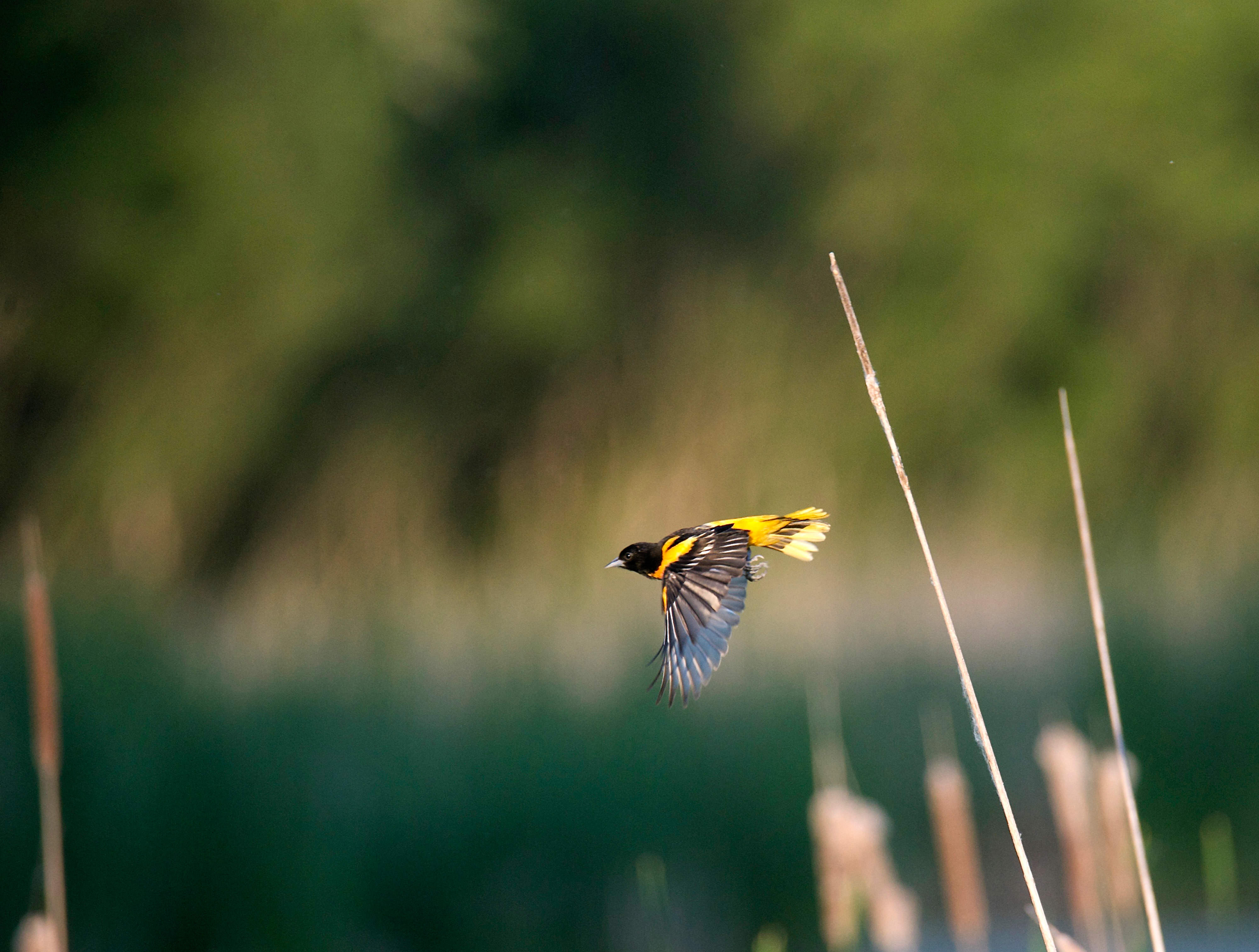
Migratory Flyway
The Mississippi River is a vital migration corridor for nearly half of North America’s bird species and about 40 percent of its ducks and other waterfowl.
-
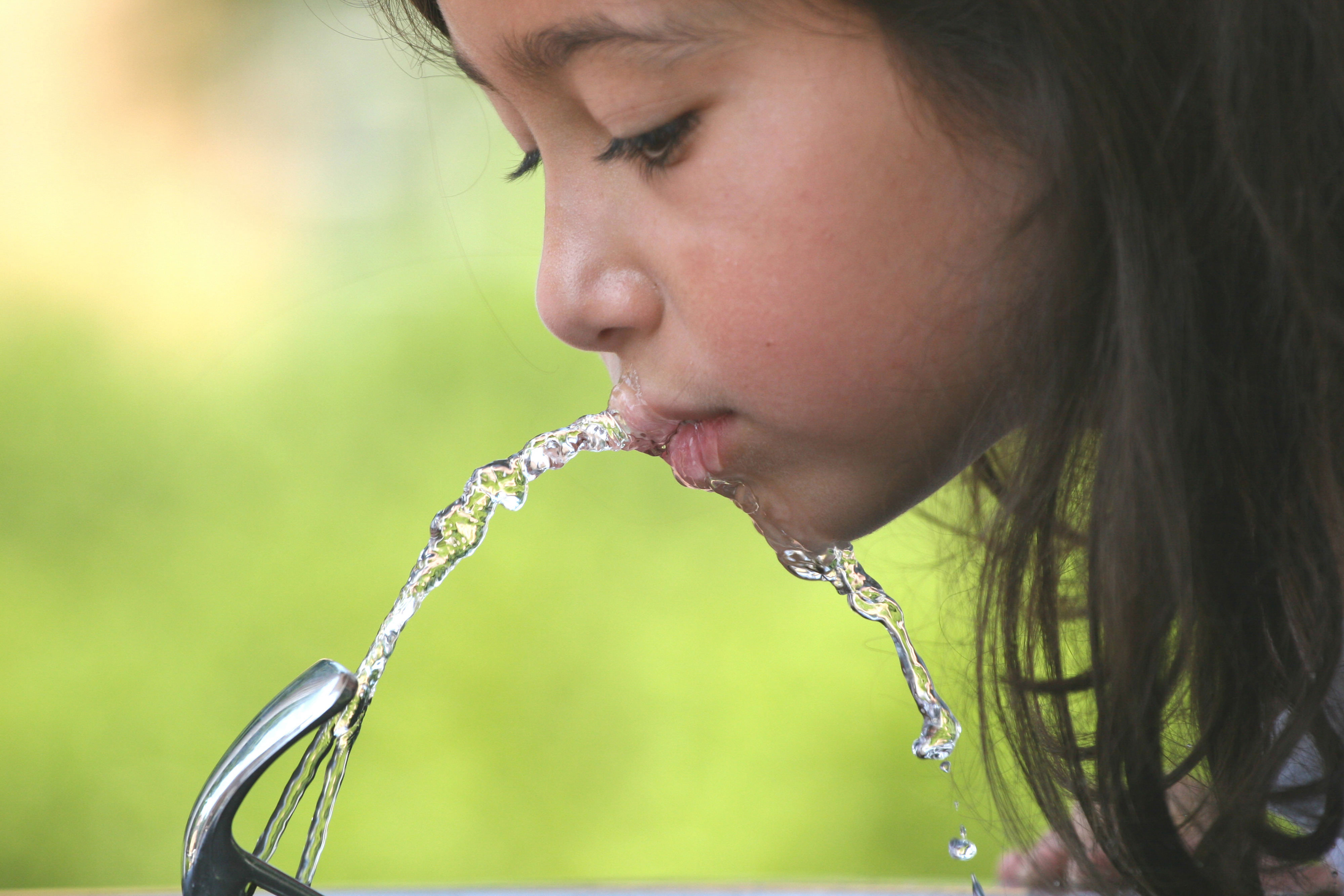
Drinking Water
In all, the Mississippi River and its almost 13-million-acre headwaters area provide drinking water for 2.5 million Minnesotans—more than 44% of the state’s residents.
Protecting Land for Water's Sake
Sandy soils overlain with forest and interspersed with wetlands in the headwaters area replenish groundwater—a critical source of drinking water for local communities that is intimately connected to the area’s lakes and rivers.
“Our forests help keep our water clean,” says Rich Biske, resilient waters director for TNC in Minnesota. “They act as a natural filter to improve water quality in our lakes, rivers and groundwater by filtering pollutants and trapping sediment.”
“What we do on the land impacts whether we have clean water to drink or enjoy for outdoor recreation including fishing, swimming or boating. Protecting and restoring our forests in Minnesota is a top priority.”
Changing Land Use Affects Our Waters
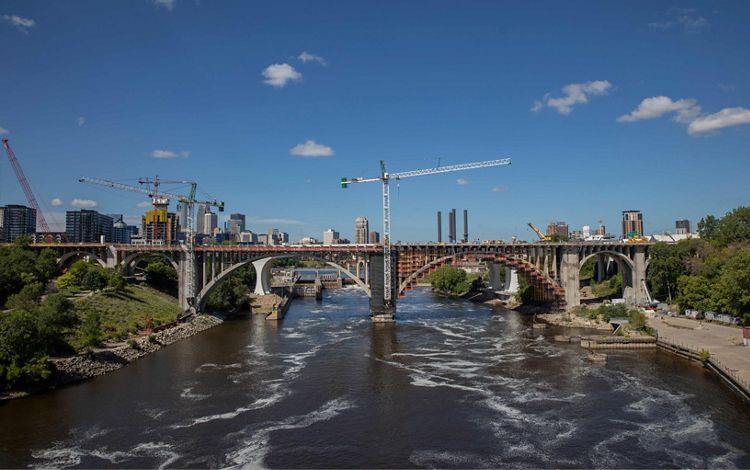
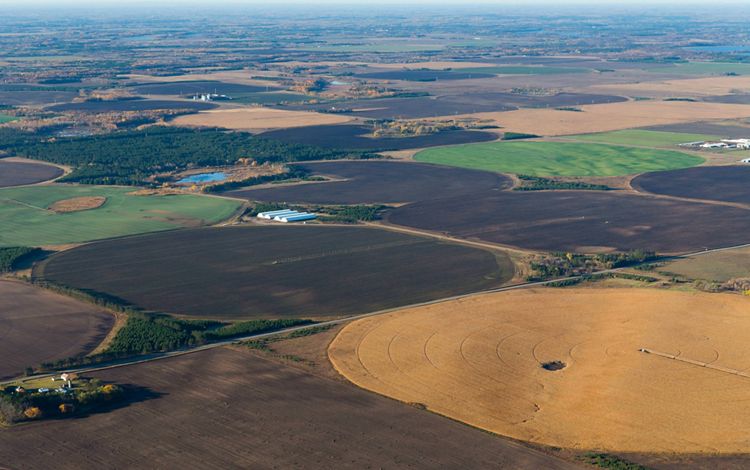
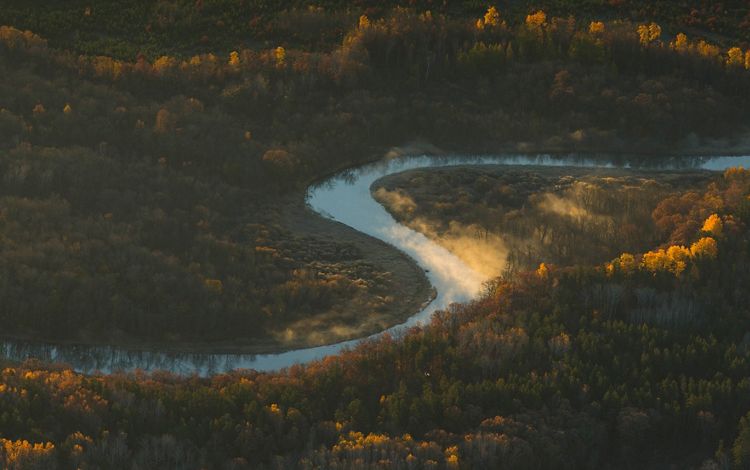
Despite what we know about their value, Minnesota is losing its forests, grasslands and wetlands at an alarming rate. Since 2008, we’ve lost nearly 600,000 acres of natural lands to farmland and development. That’s more than twice the size of Voyageurs National Park, or eight times the size of the Twin Cities.
We pay a price for this. For every 10 percent decrease in forest cover in the source area, the cost of water treatment for communities increases by 20 percent, according to a study by the Trust for Public Land.
Quote: Rich Biske
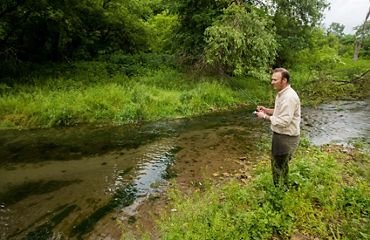
Protecting and restoring the Mississippi River's headwaters area will secure safe water supplies, sustain and enhance recreation opportunities, protect forests and jobs, and provide habitat for wildlife.
Conserving forests before they are converted to urban or agricultural use has proven to dramatically reduce water degradation.
Sustainable Funding for Conservation
The good news? It’s not too late to protect the Mississippi River’s headwaters area.
Our scientists have identified 200,000 acres that are most critical for protecting the river’s clean water. But TNC cannot achieve this ambitious target alone.
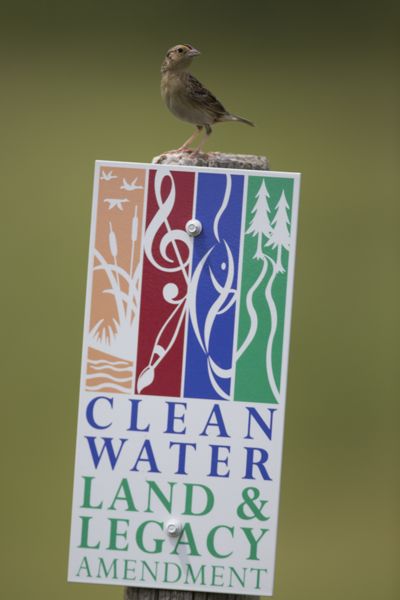
Putting conservation on the ground costs money, most of which is currently coming from Minnesota’s Clean Water, Land and Legacy Amendment. TNC favors investing more of the amendment’s Clean Water Fund money in the region to keep healthy waters healthy.
But there is also a role for private funding. That’s why we created the Minnesota Headwaters Fund, which is gathering investments from companies, foundations and individuals to conserve key lands that filter and regulate water supply.
The fund will support conservation work in targeted watersheds in the Upper Mississippi River basin in Minnesota, including easements, stream bank and floodplain restoration, and other projects that prevent pollutants from entering key rivers and lakes.
The quality of life we enjoy in Minnesota is not possible without clean, abundant water. The Minnesota Headwaters Fund is a way for citizens, business and government to act now to protect our waters while they are still healthy, ensuring a bright future for us all.
Download
Protecting the river's headwaters area now is a smart investment in Minnesota. If action is delayed, it may cost billions in remediation.
DOWNLOADSign up for Nature News
Get monthly conservation news and updates from Minnesota right to your inbox.
